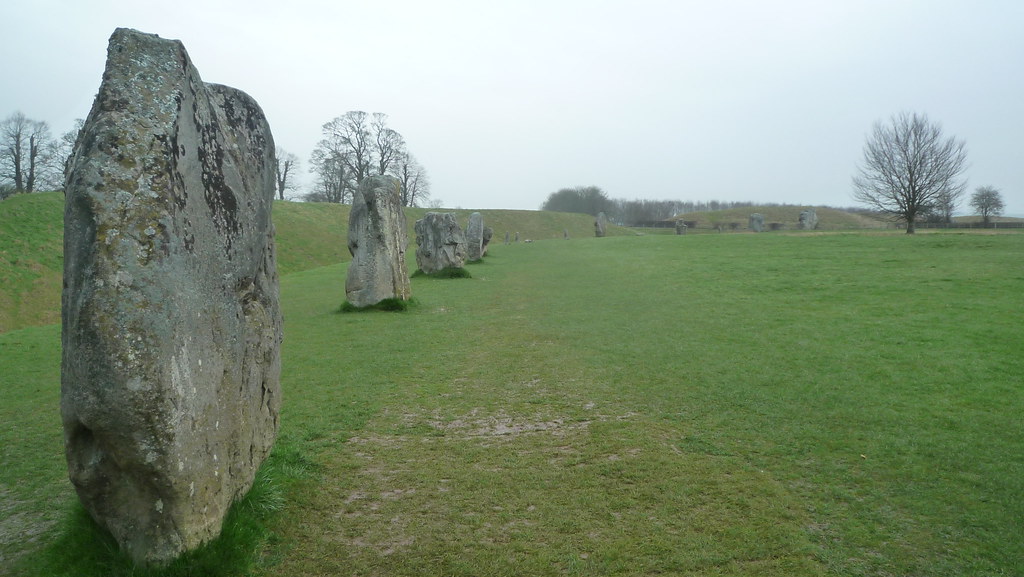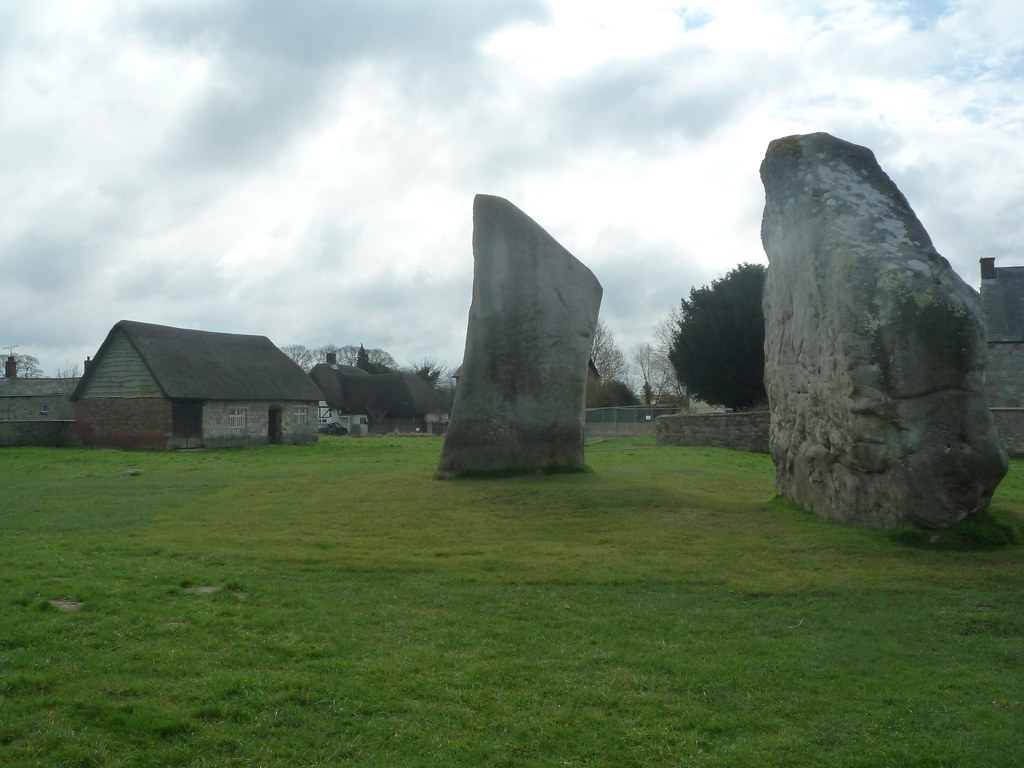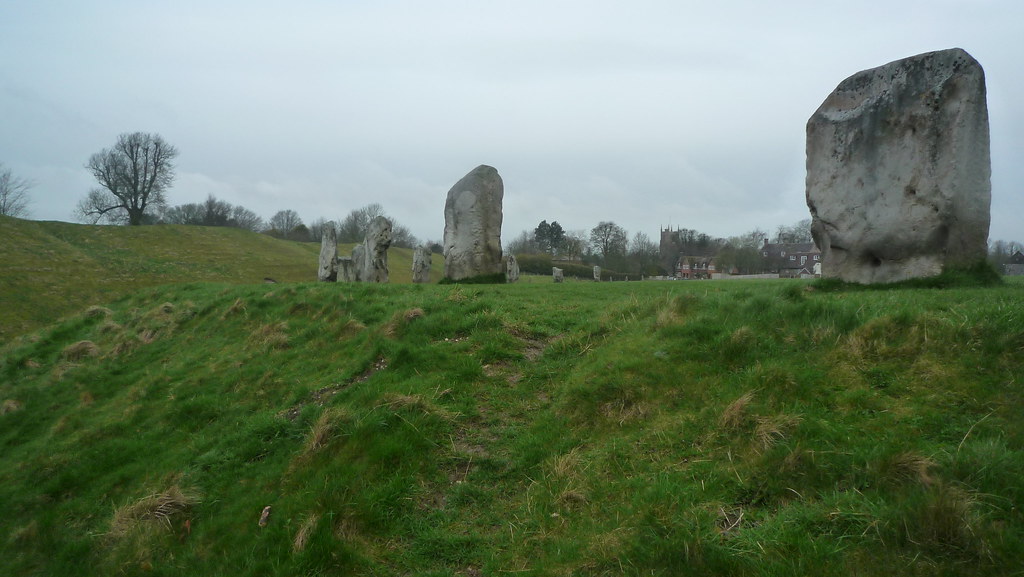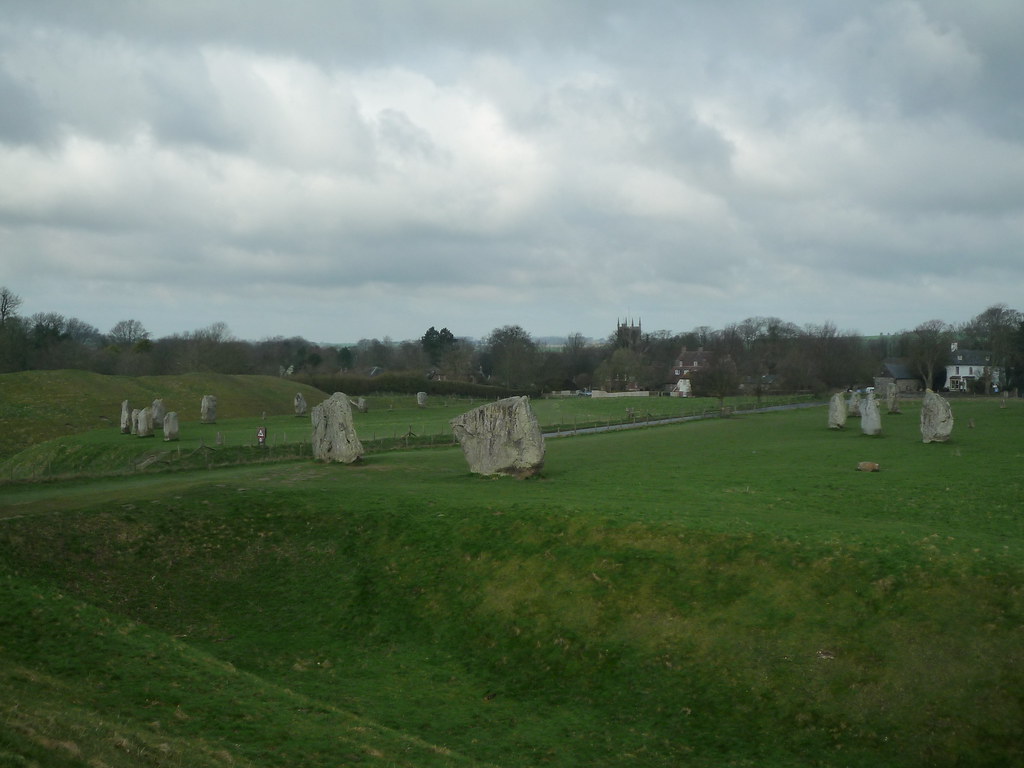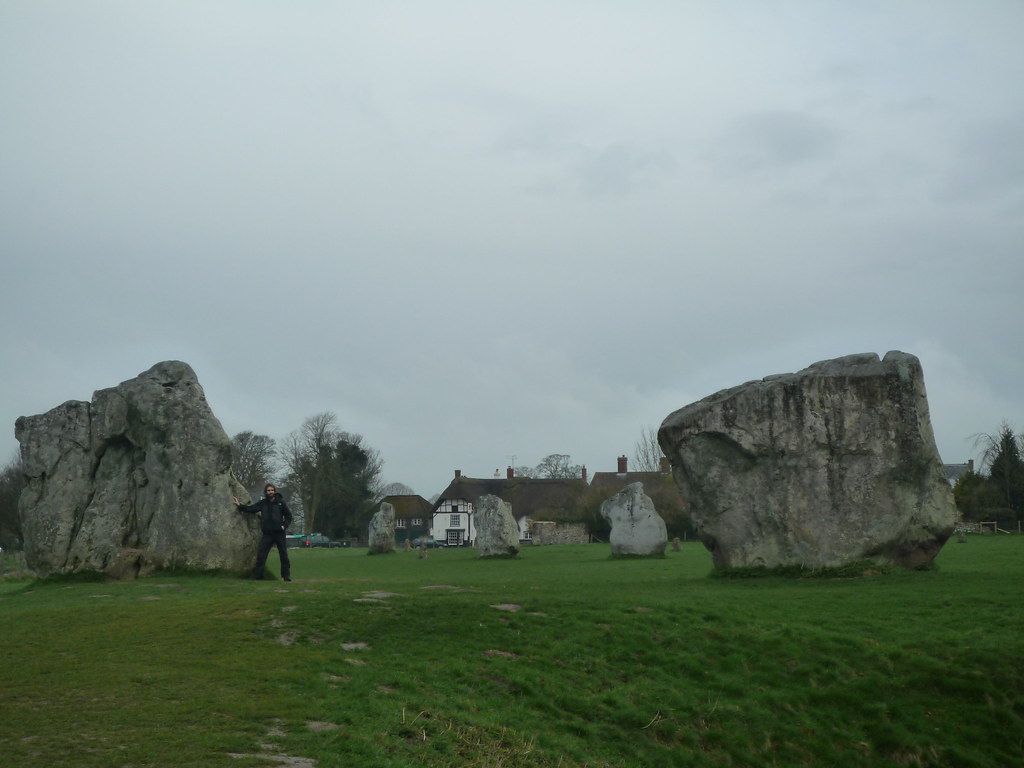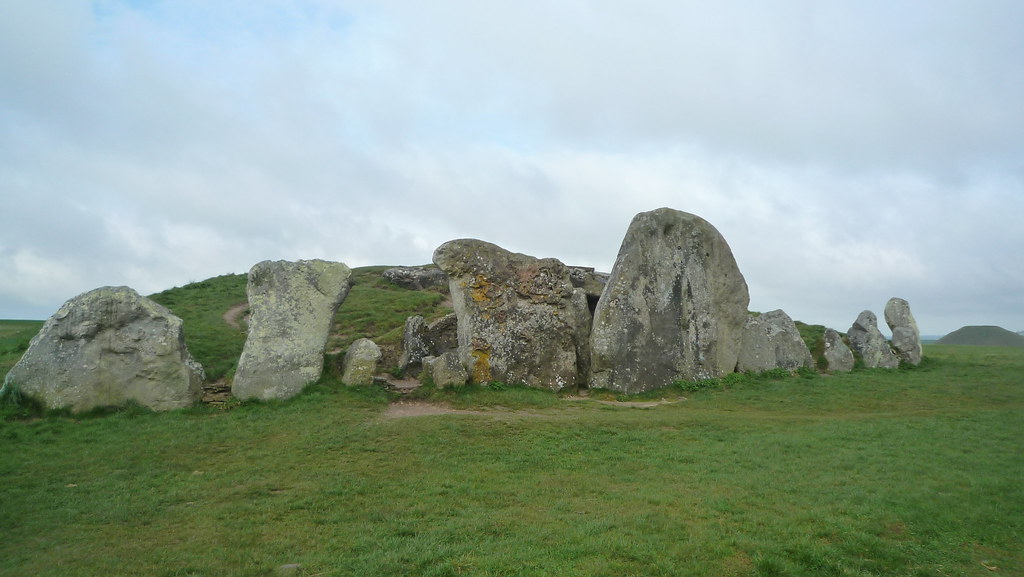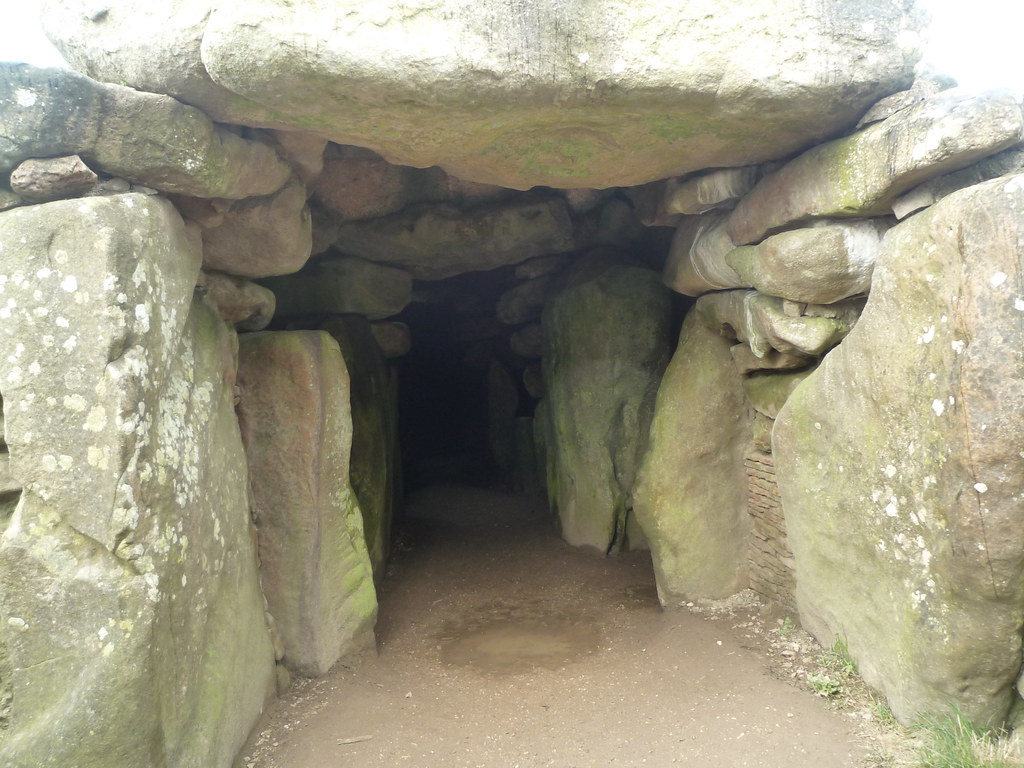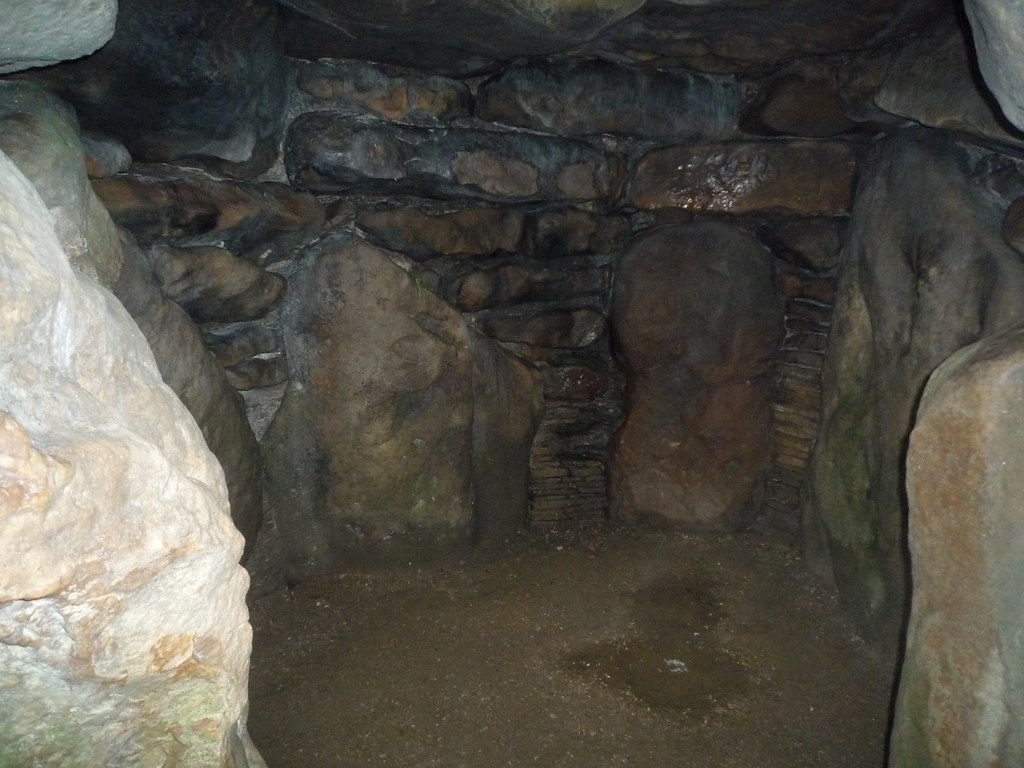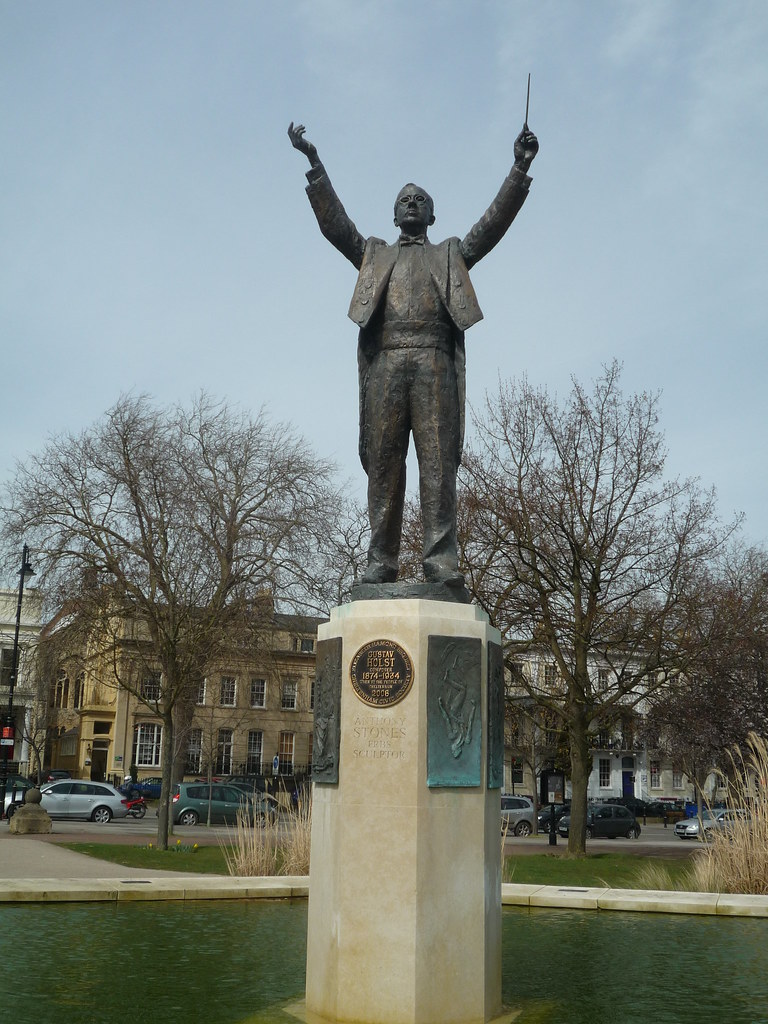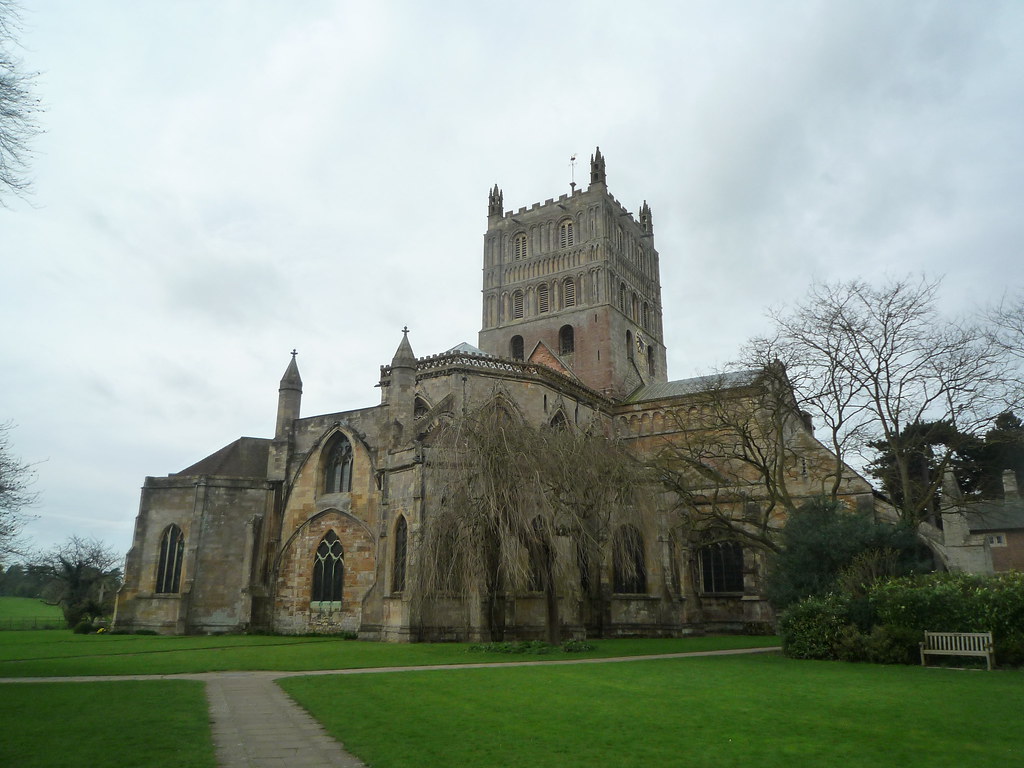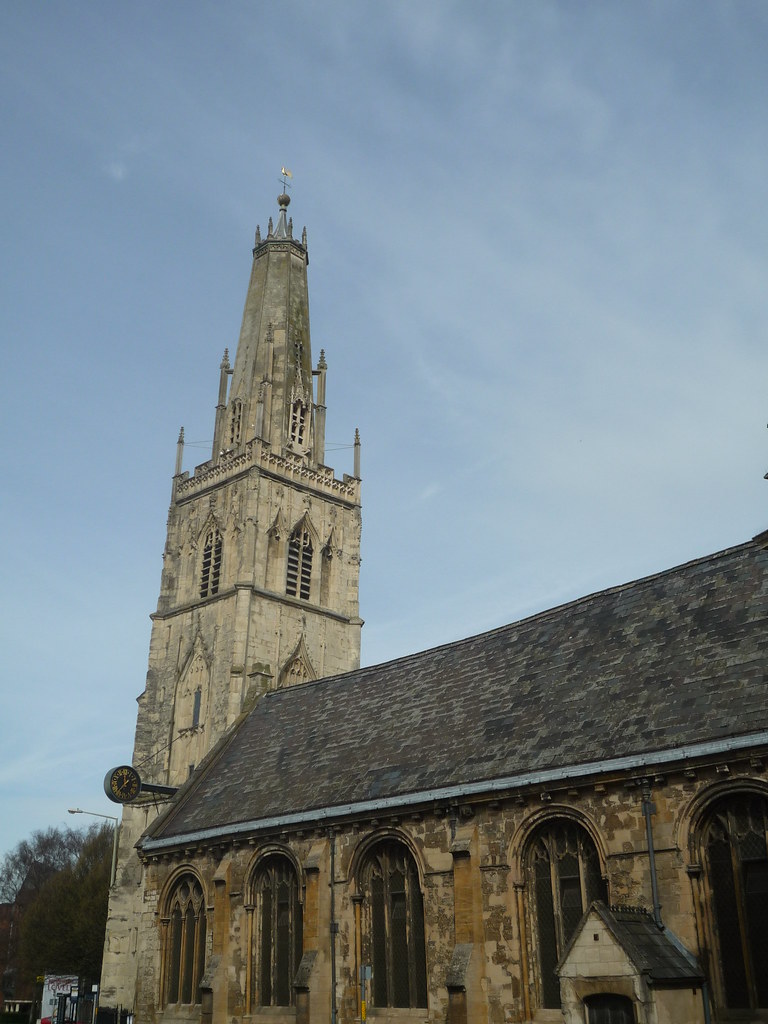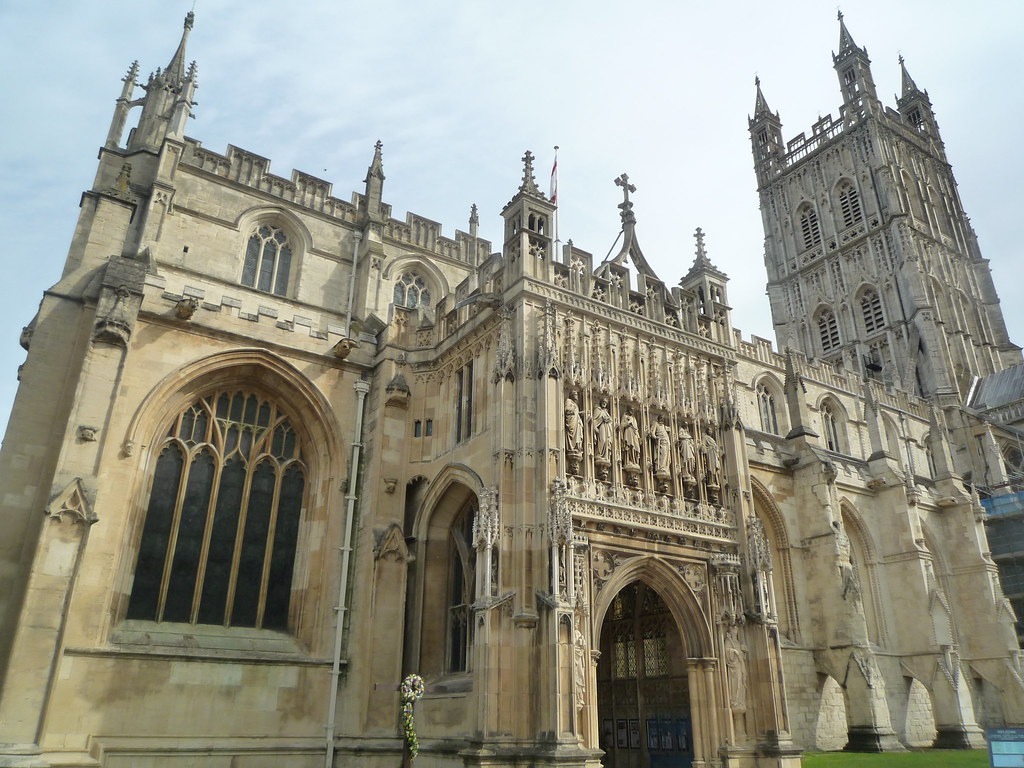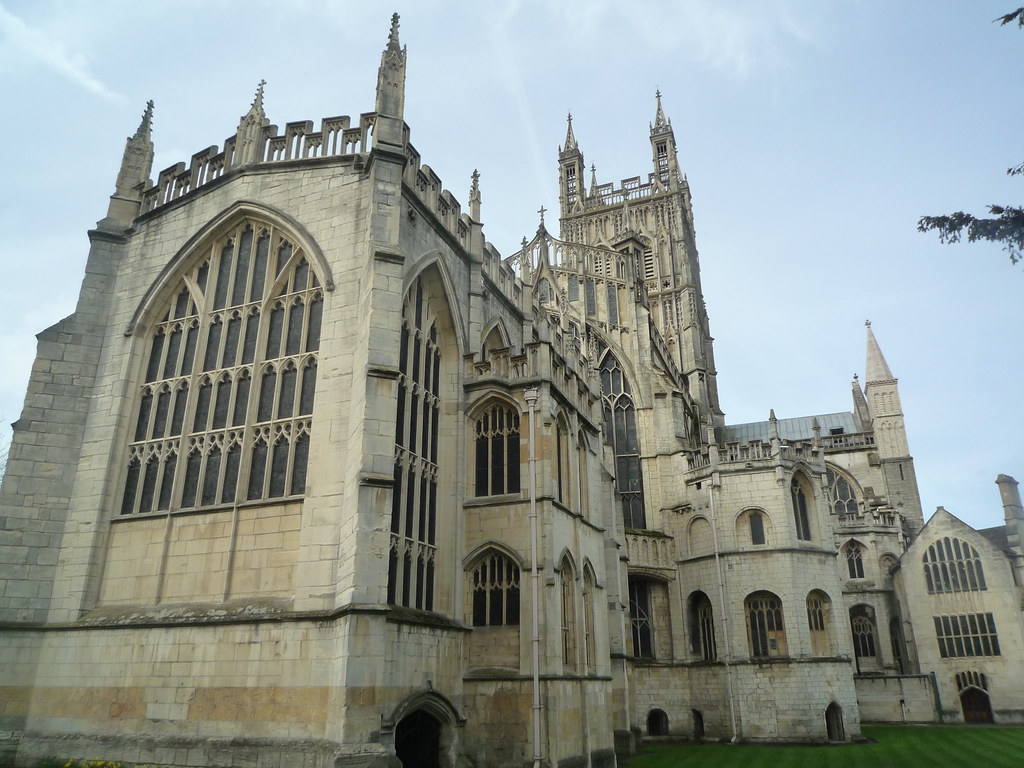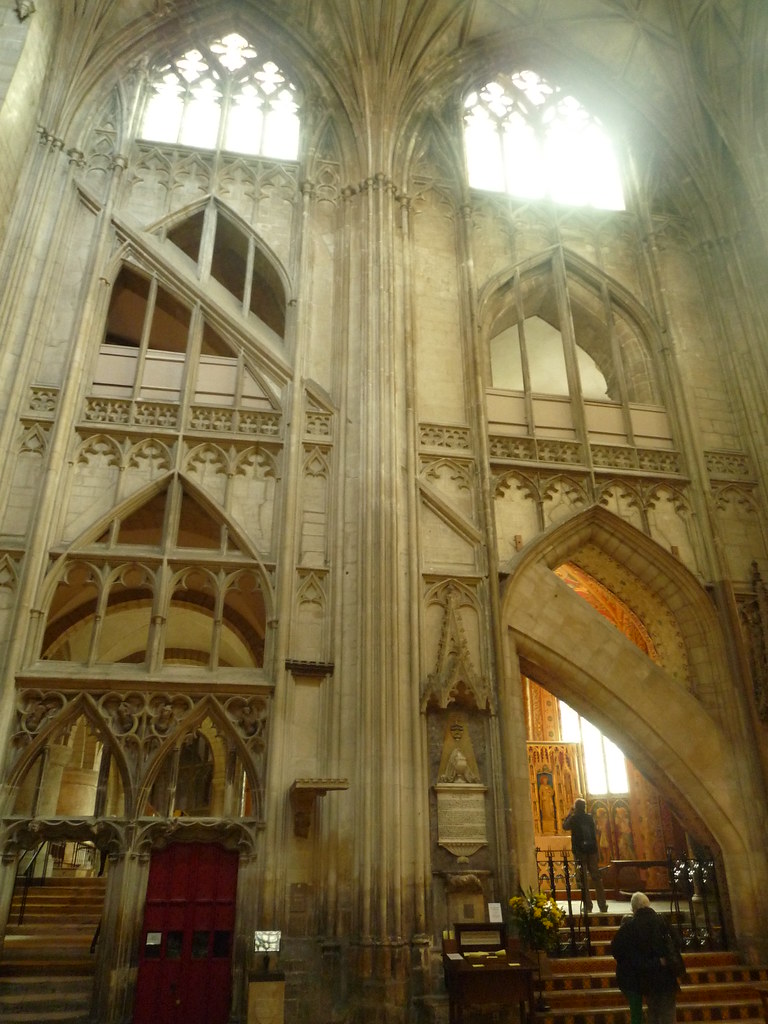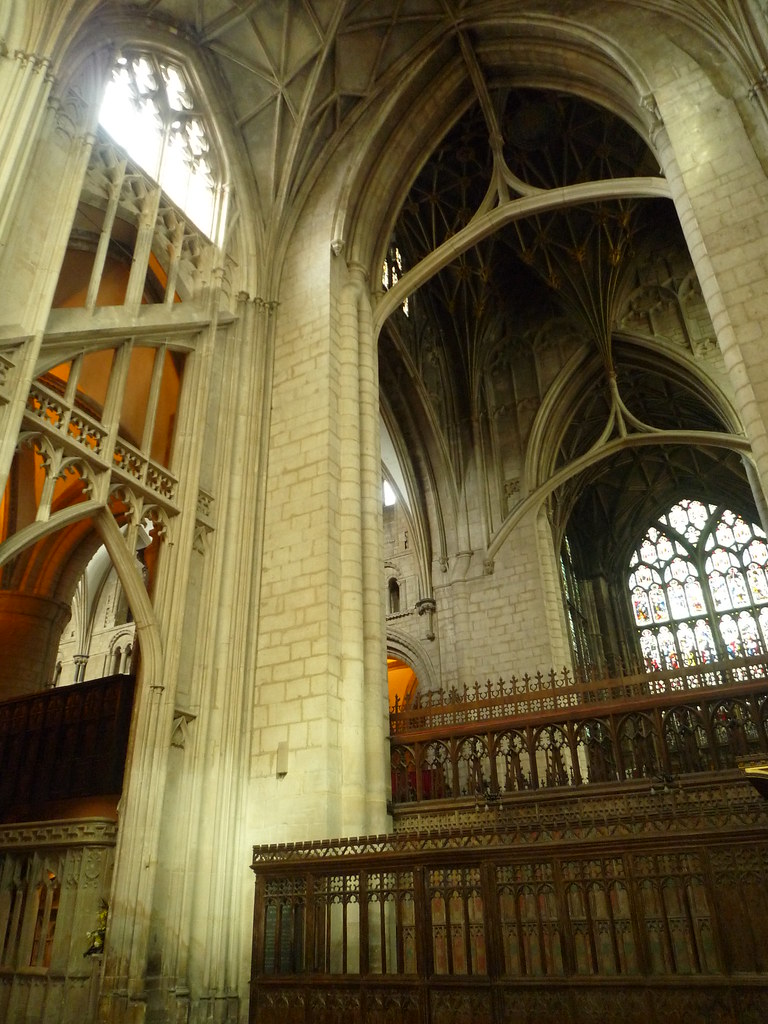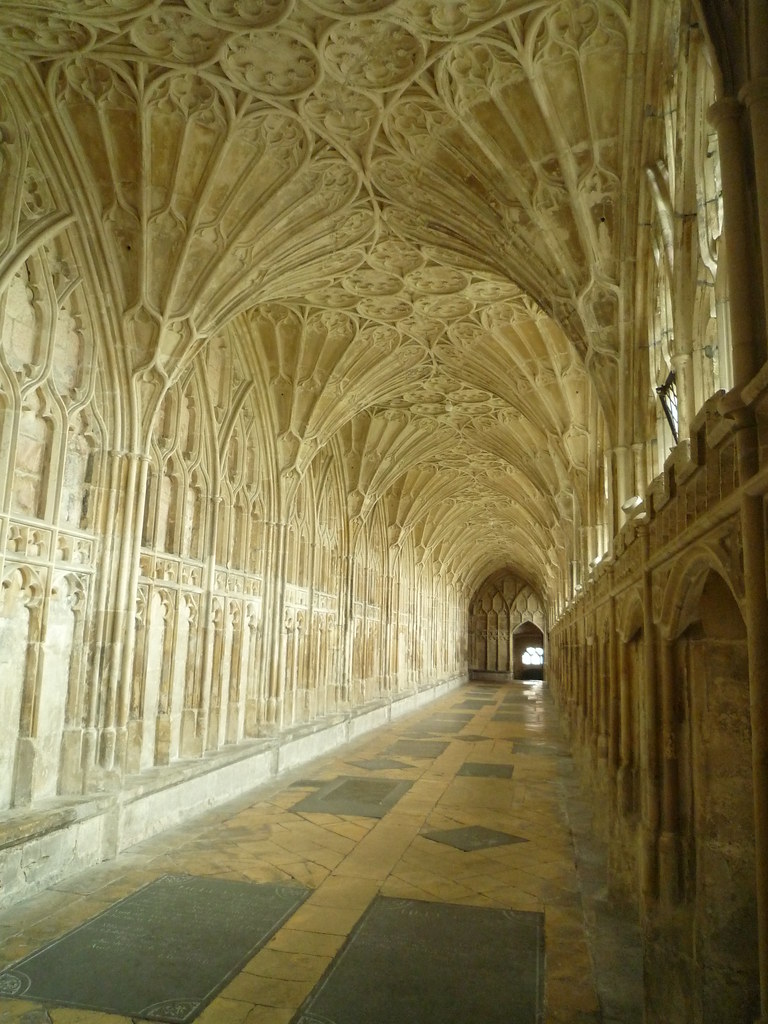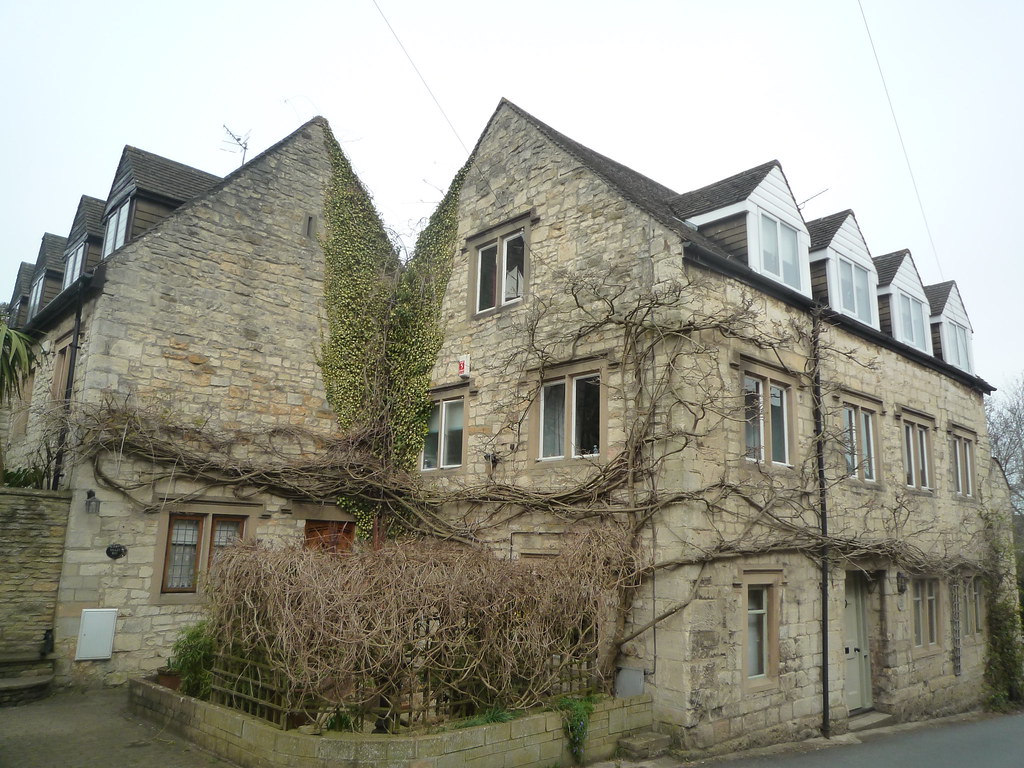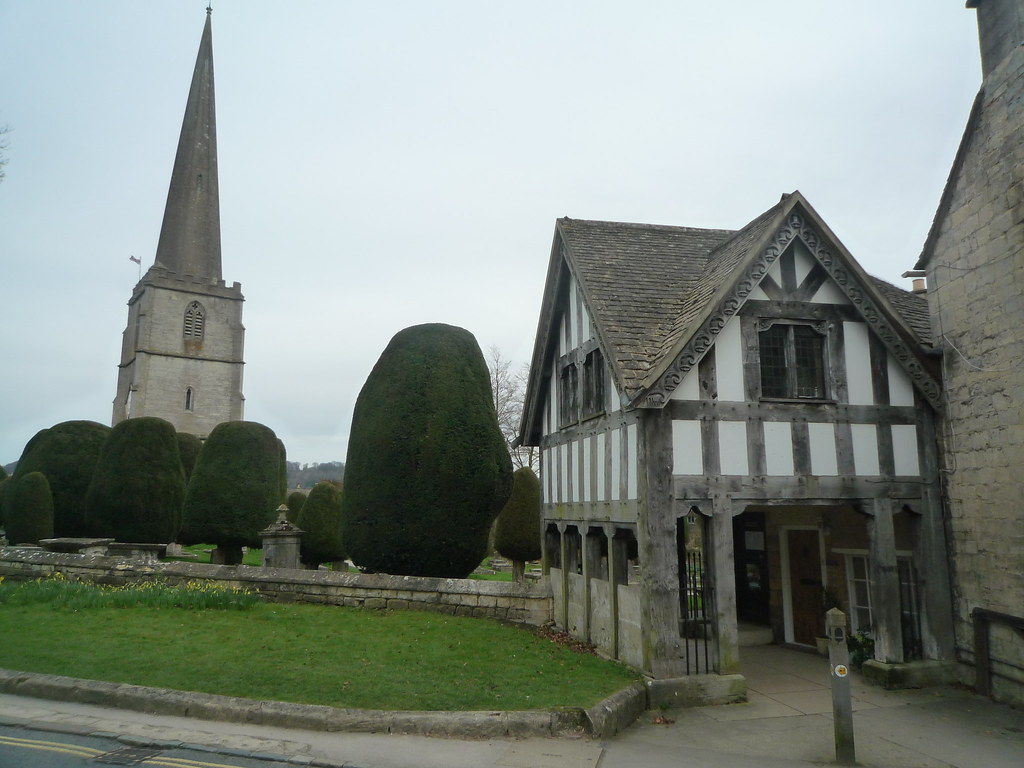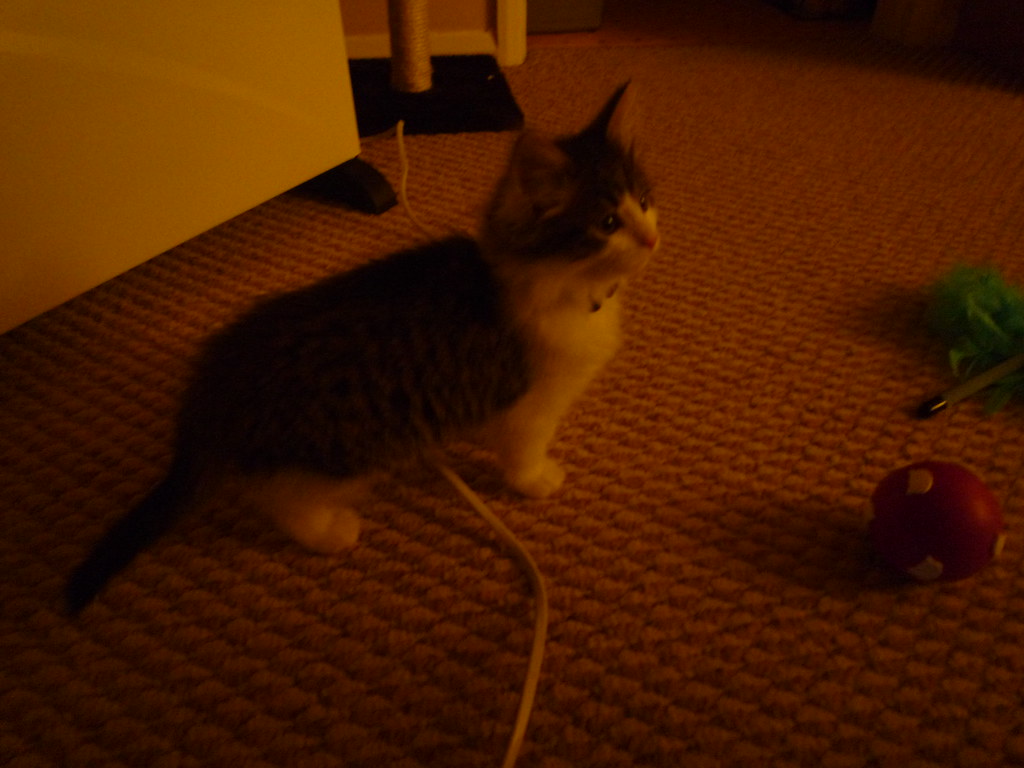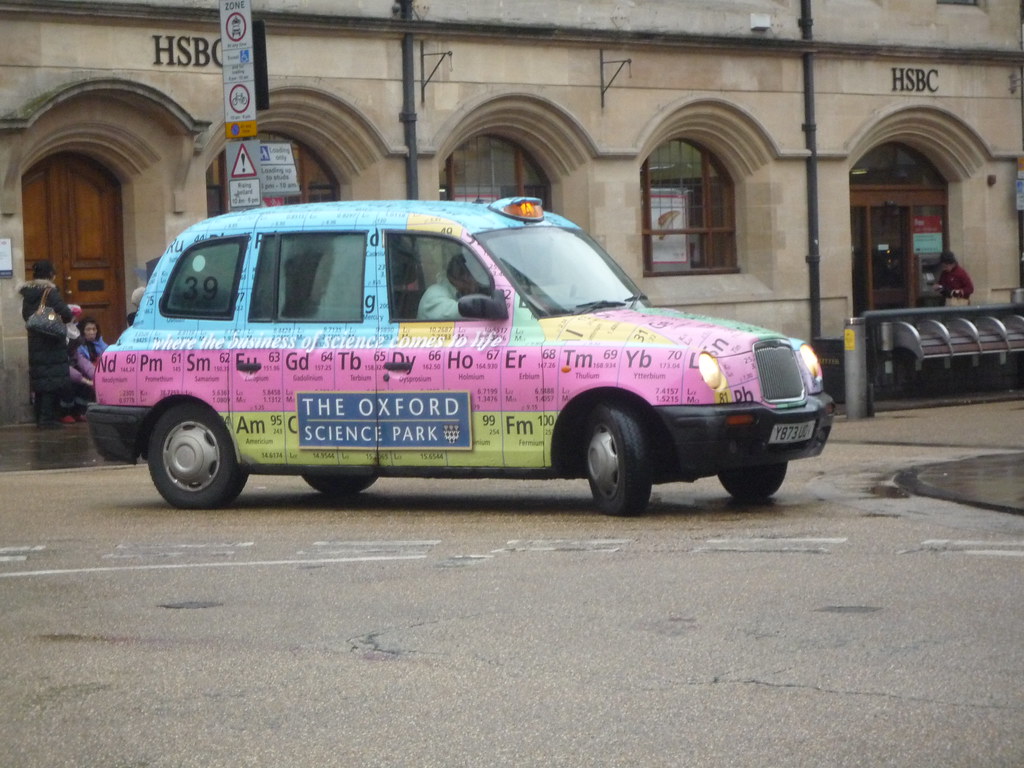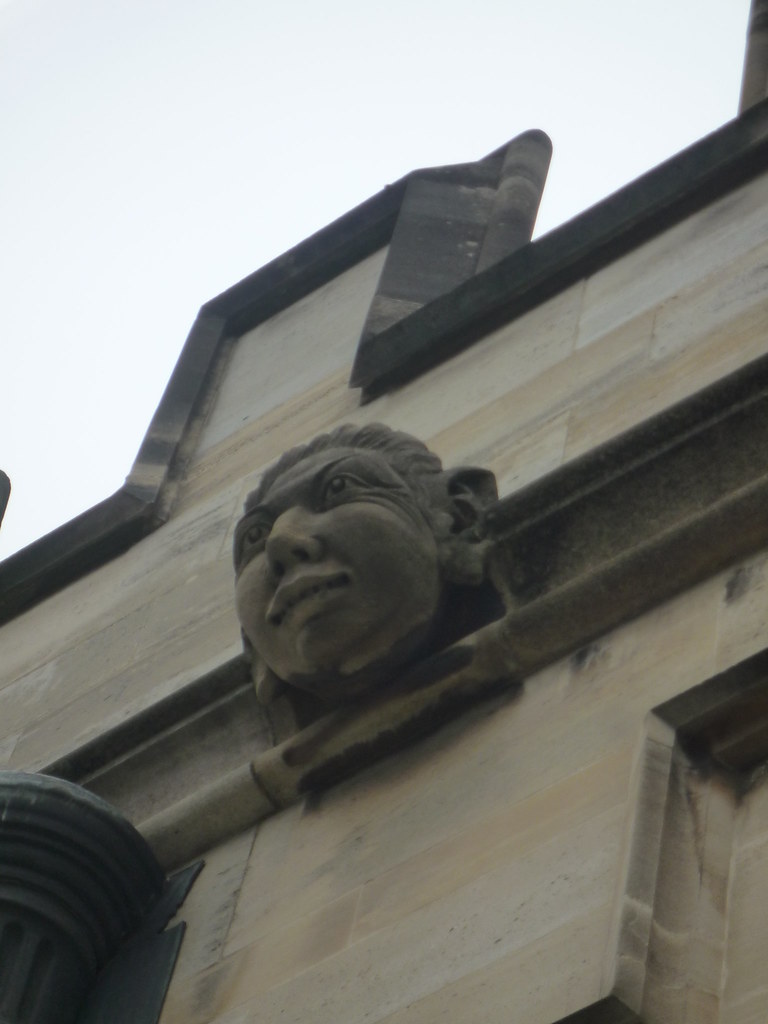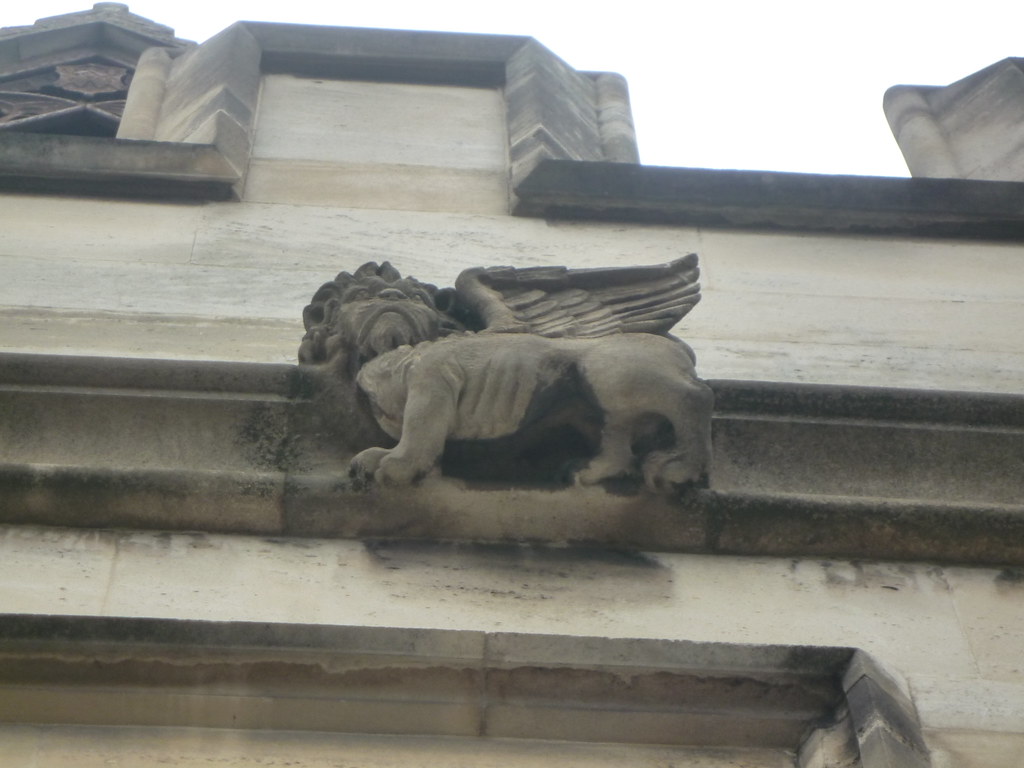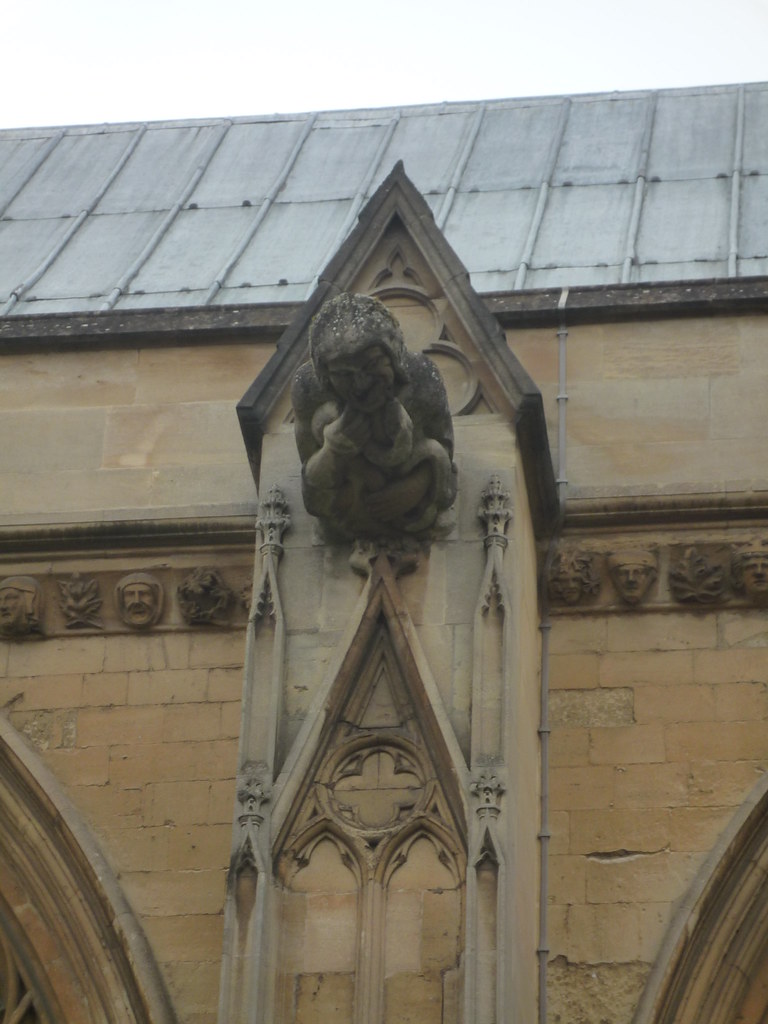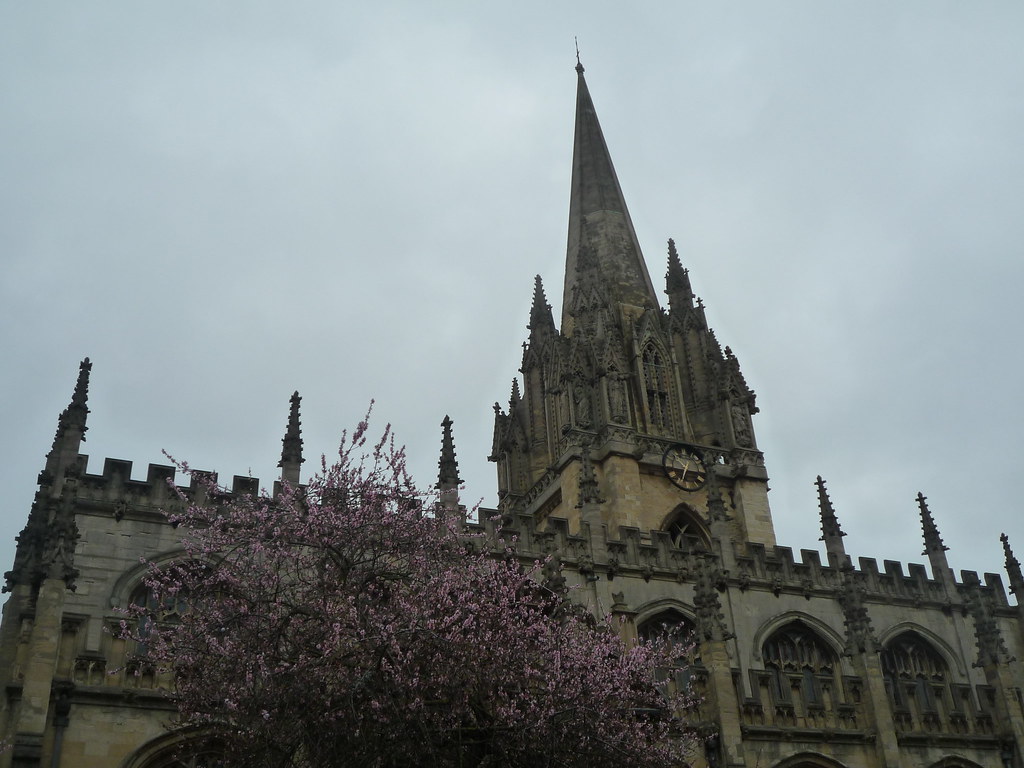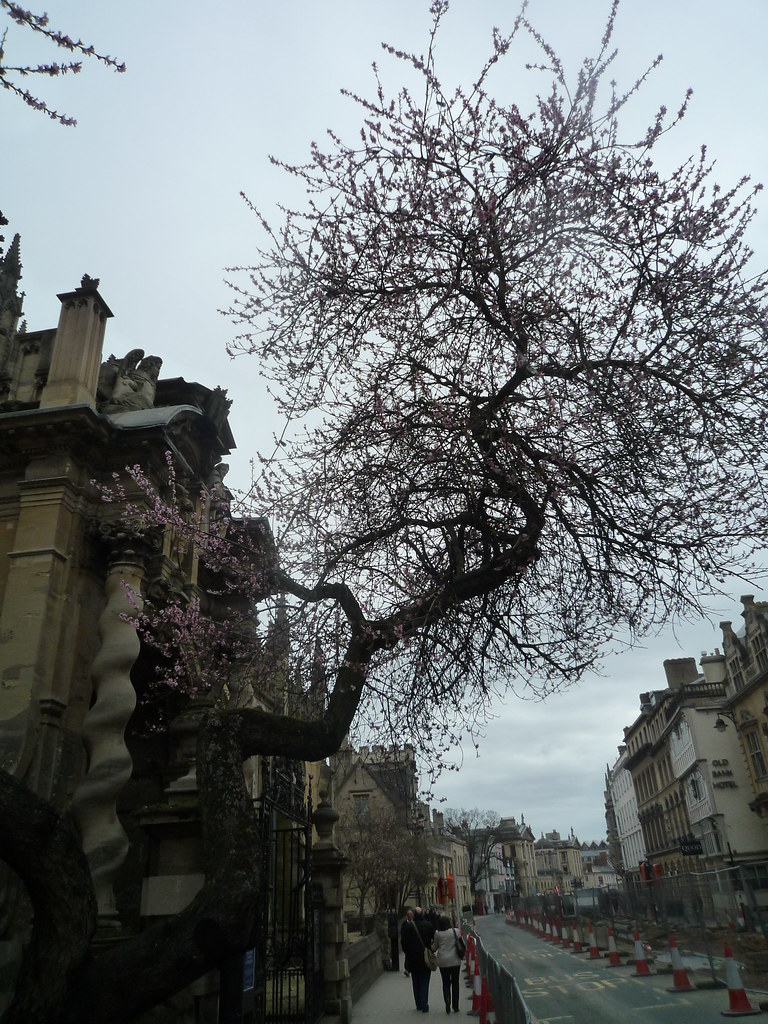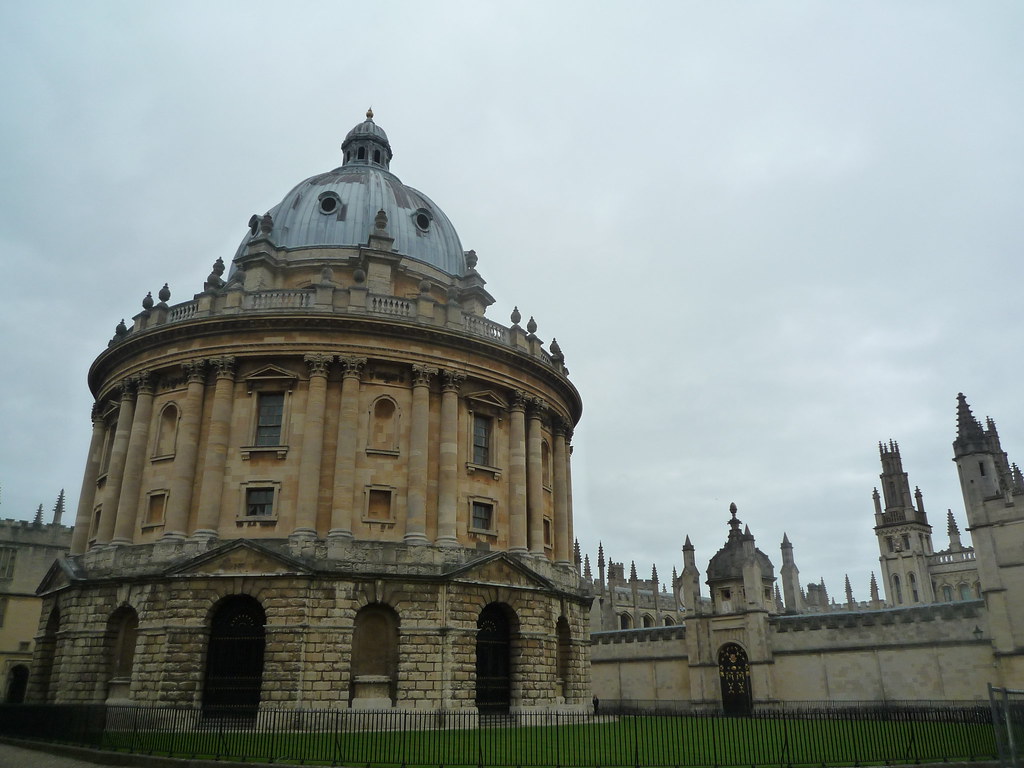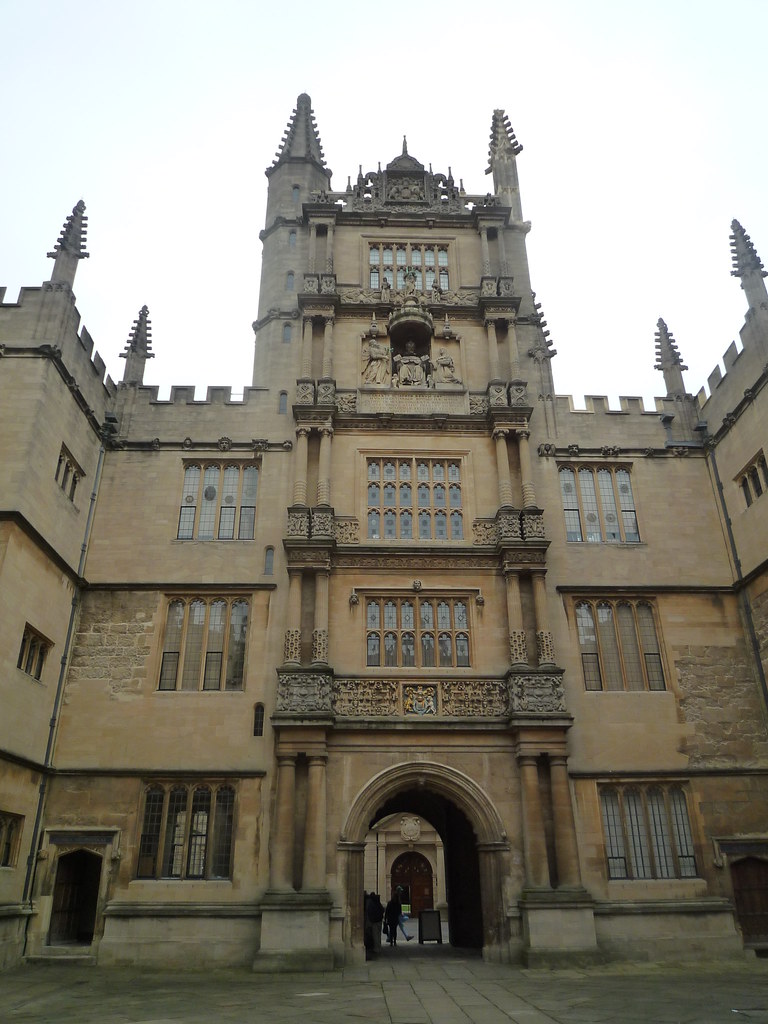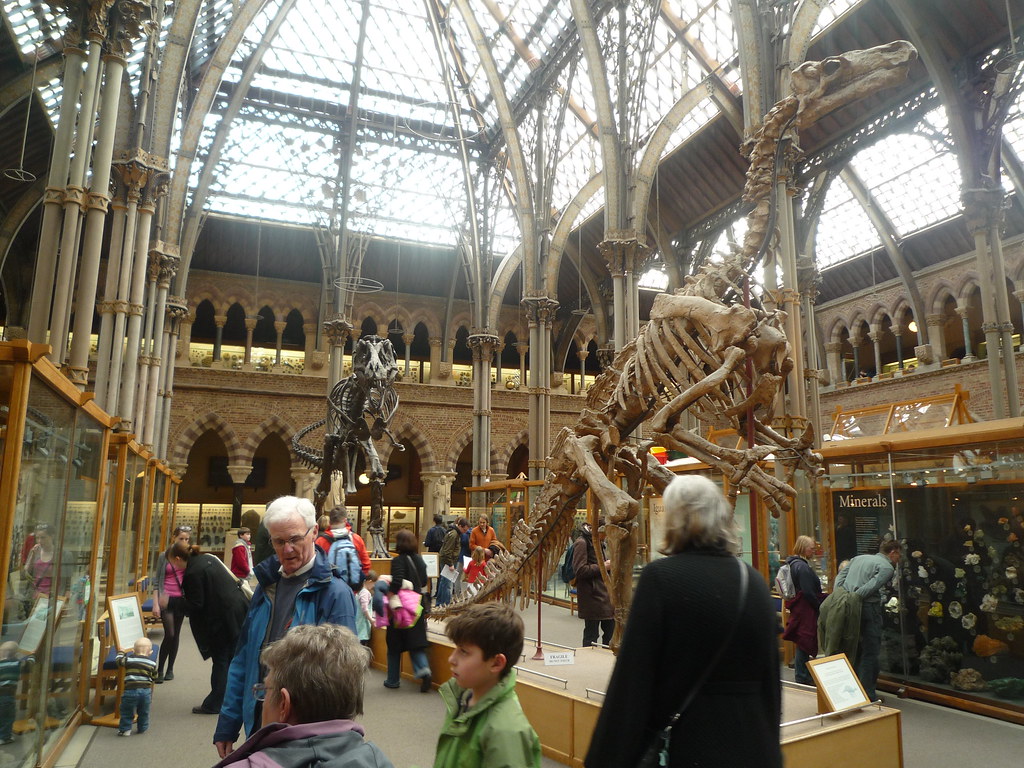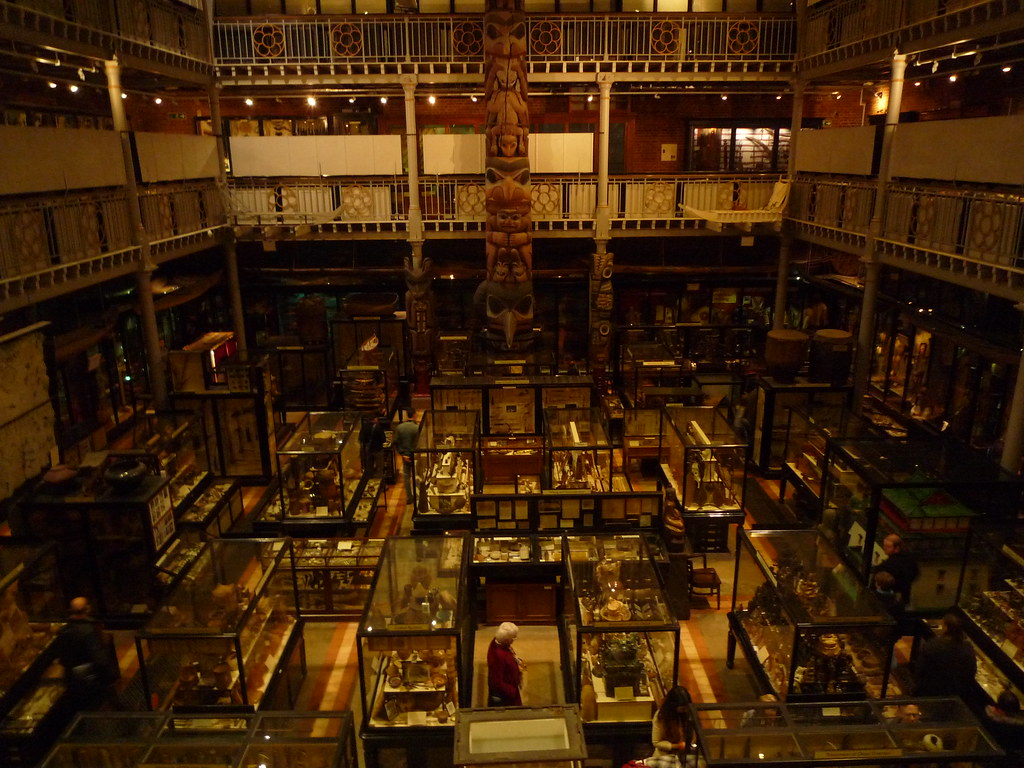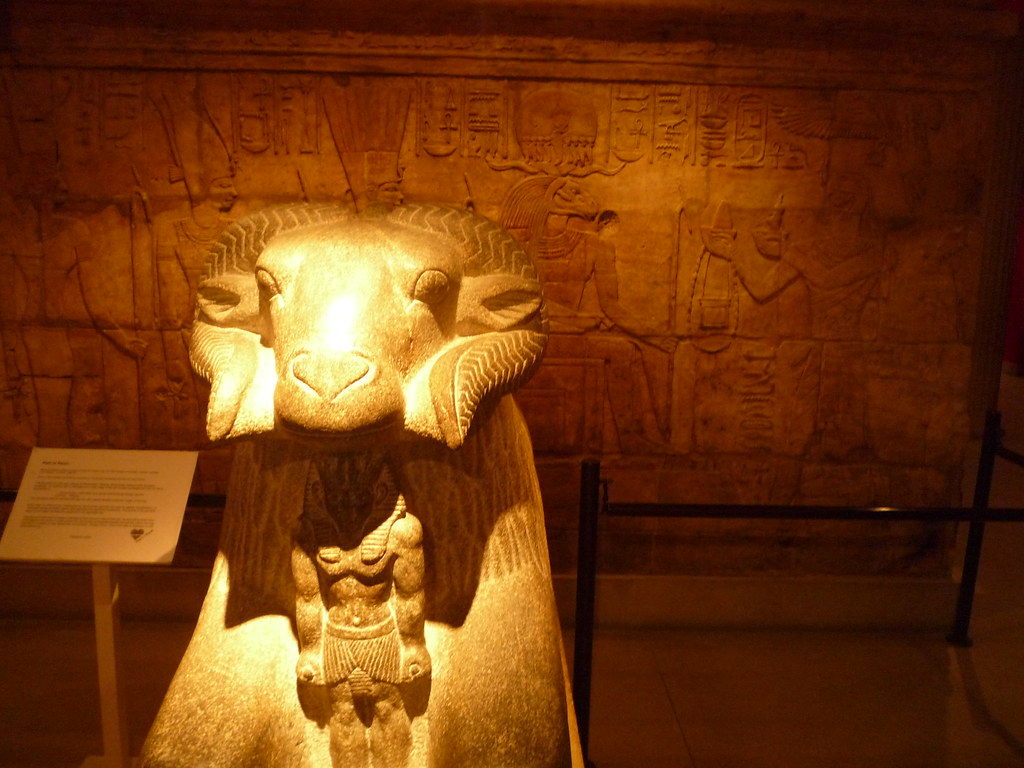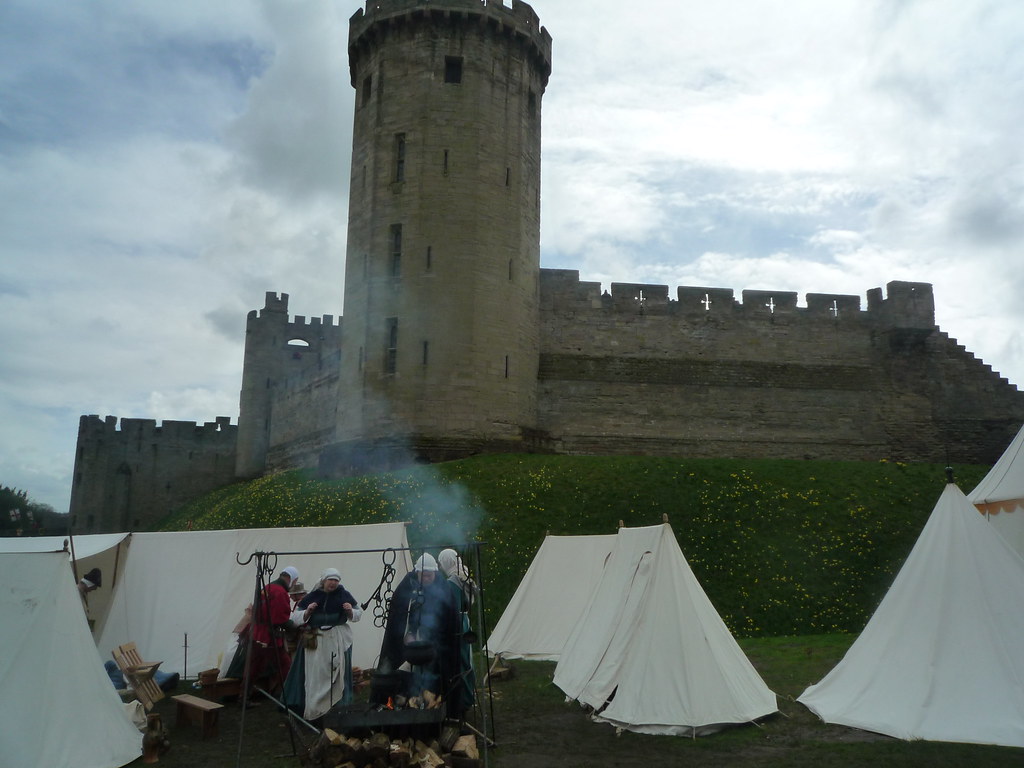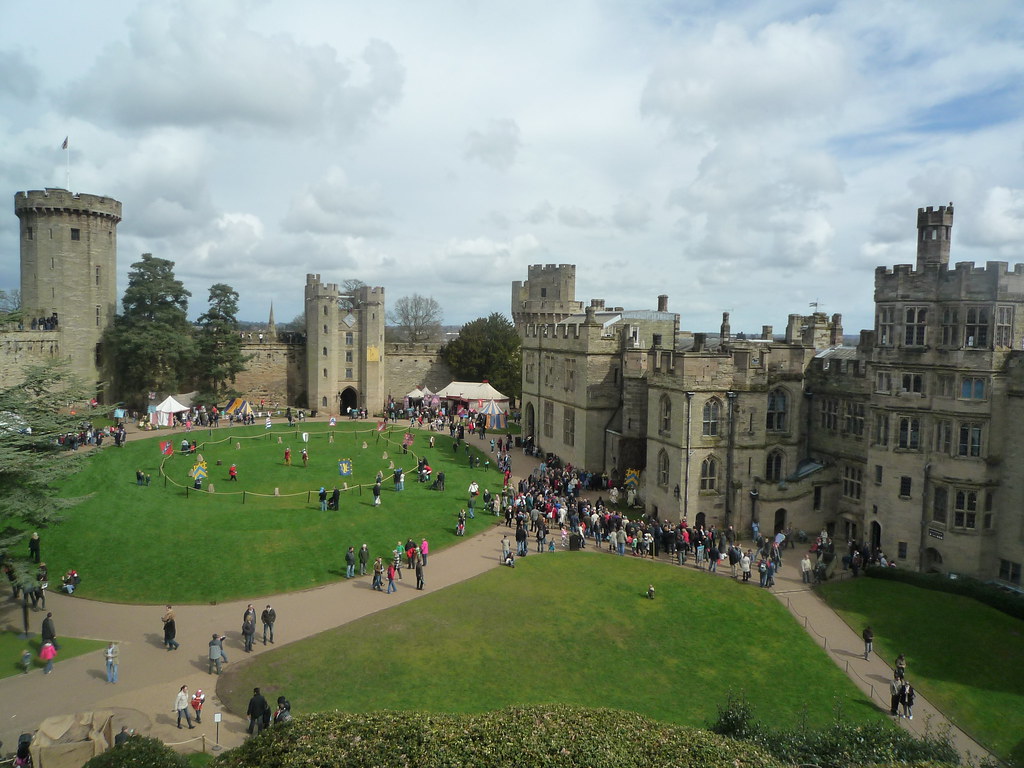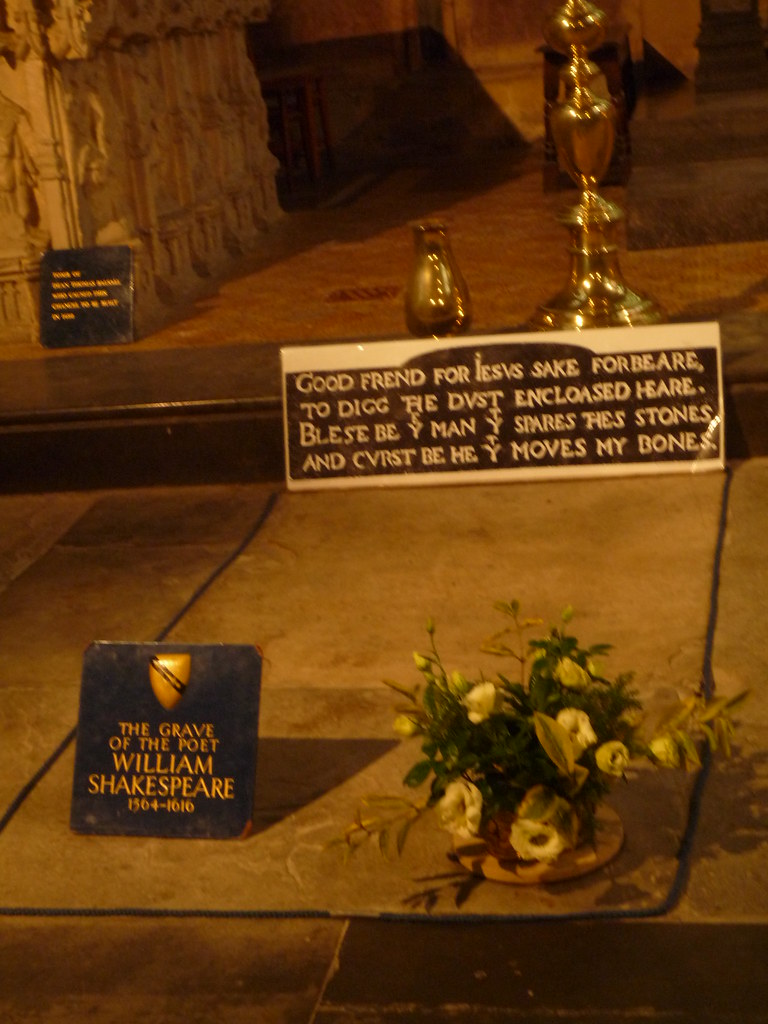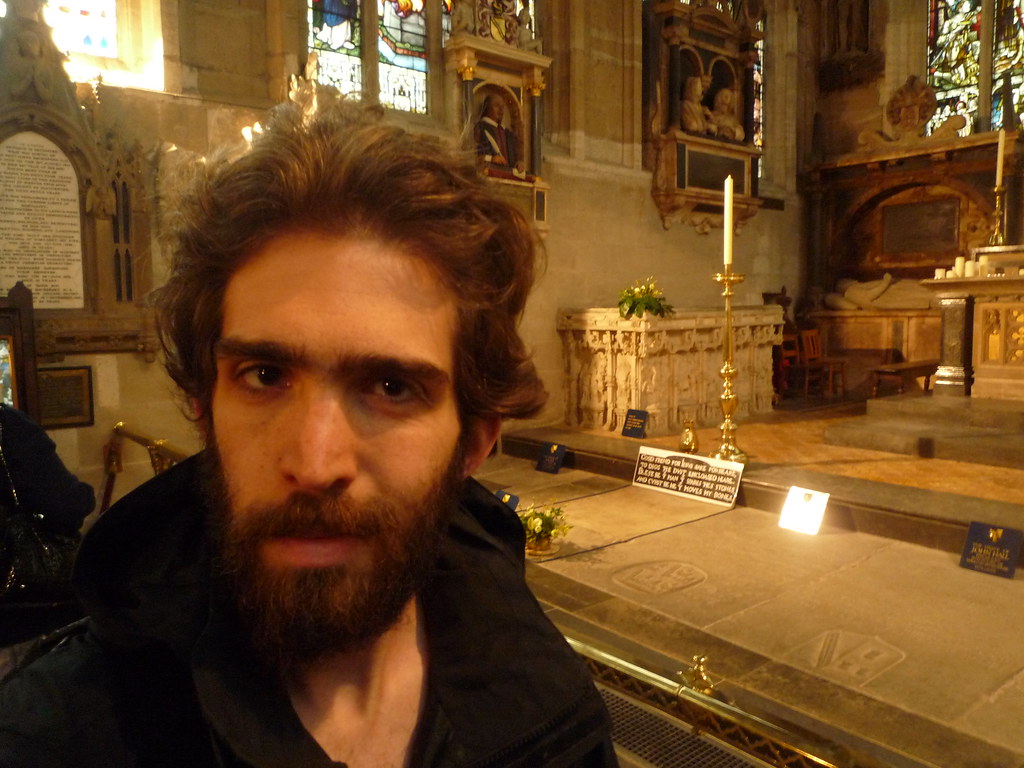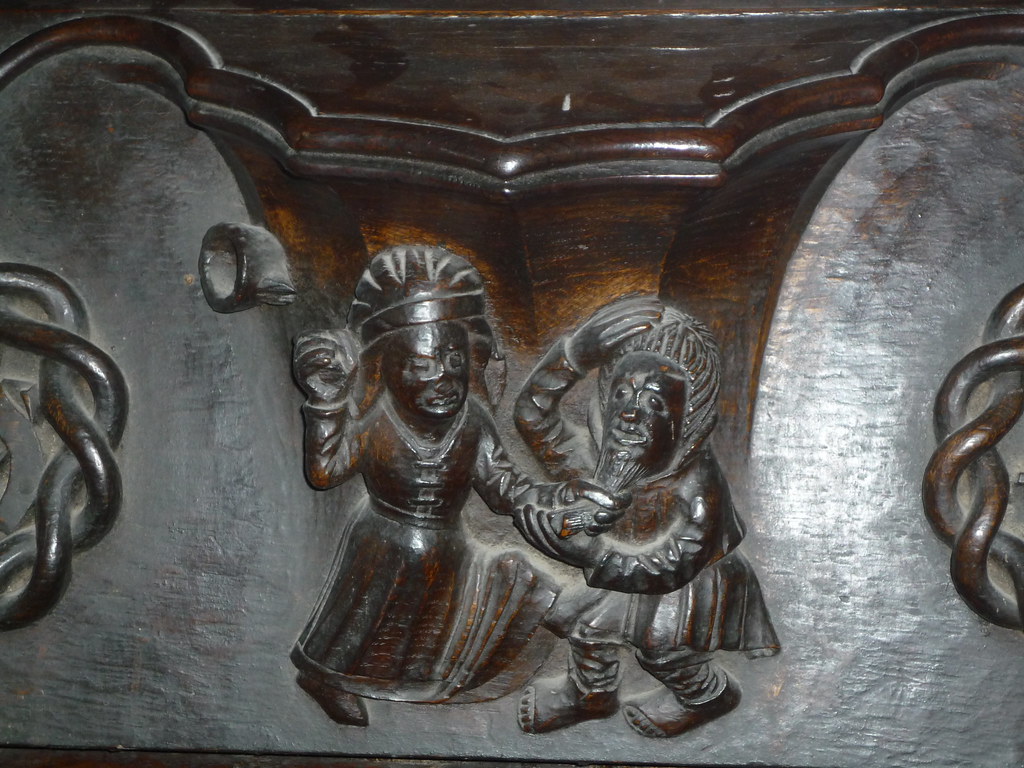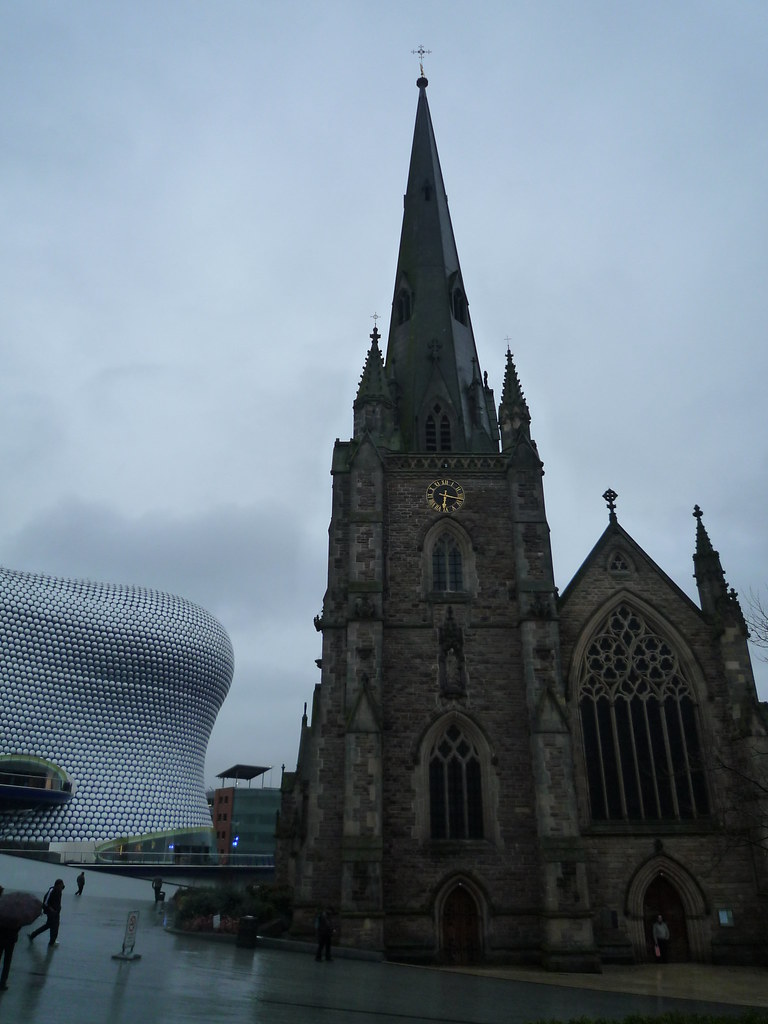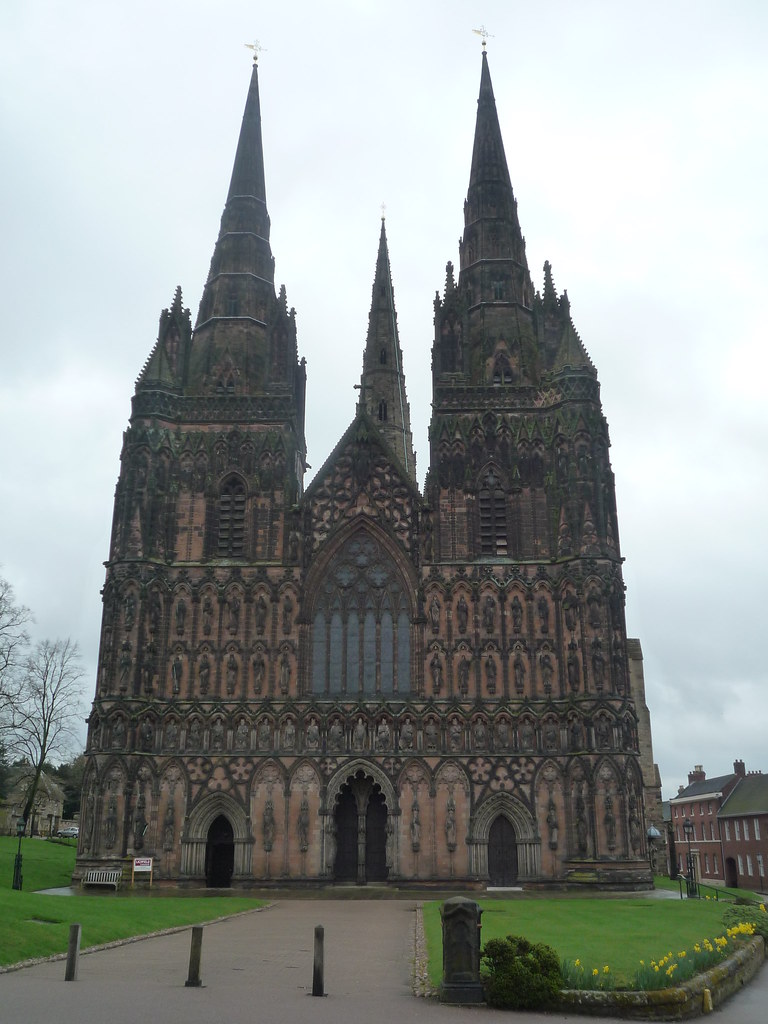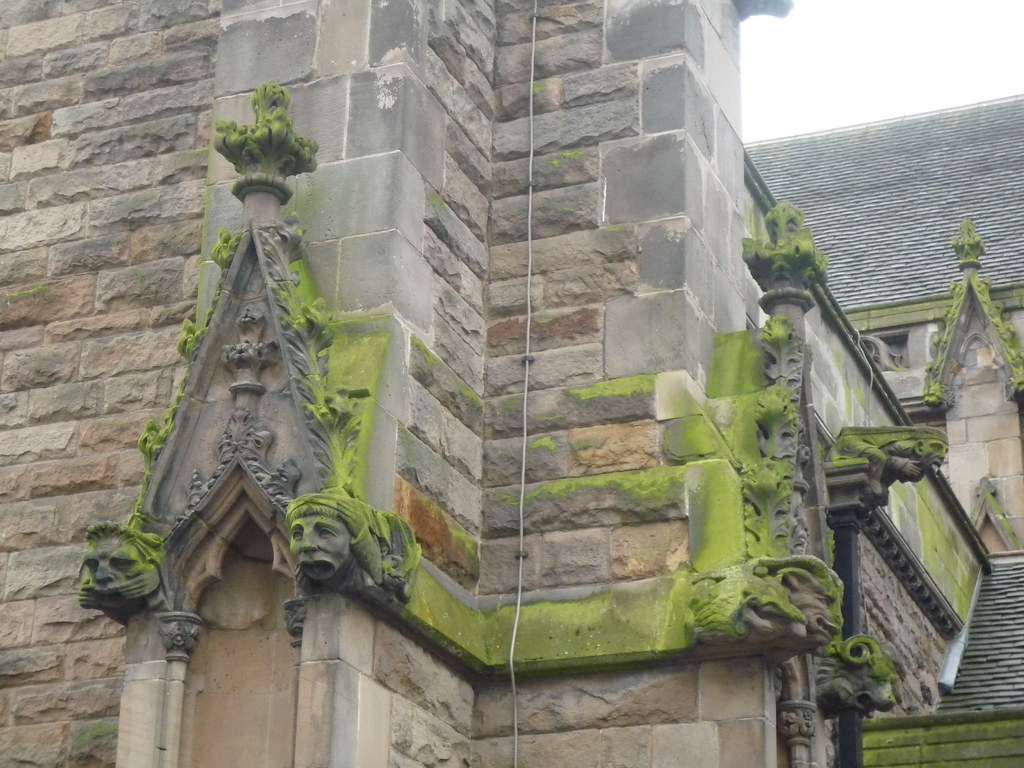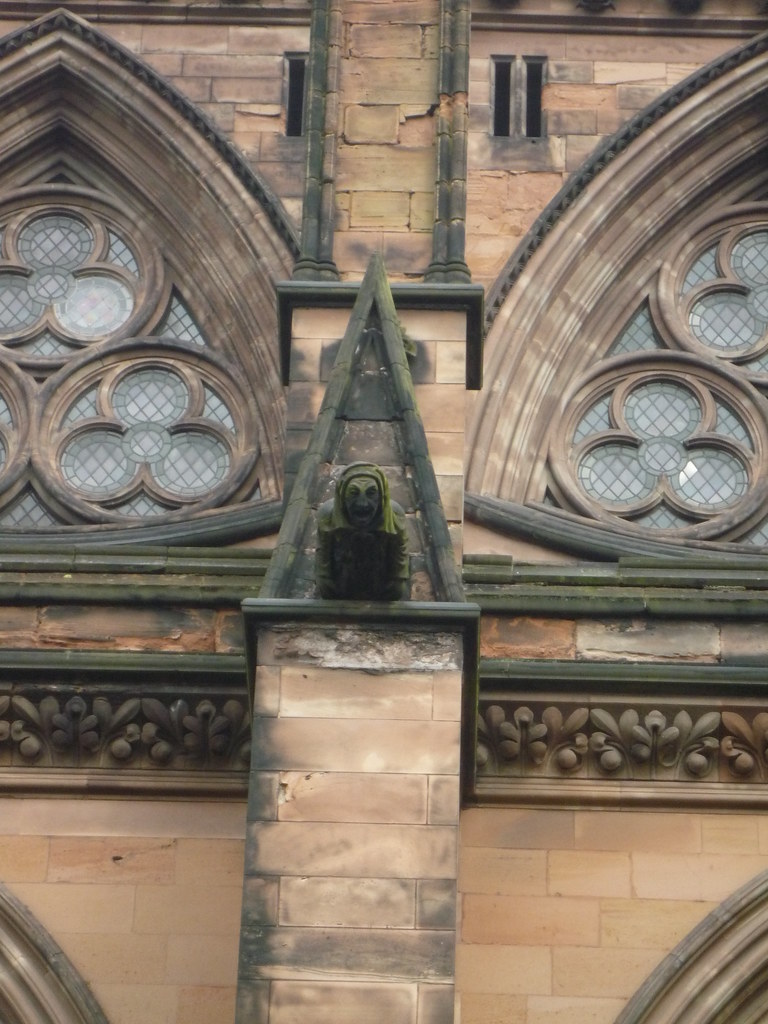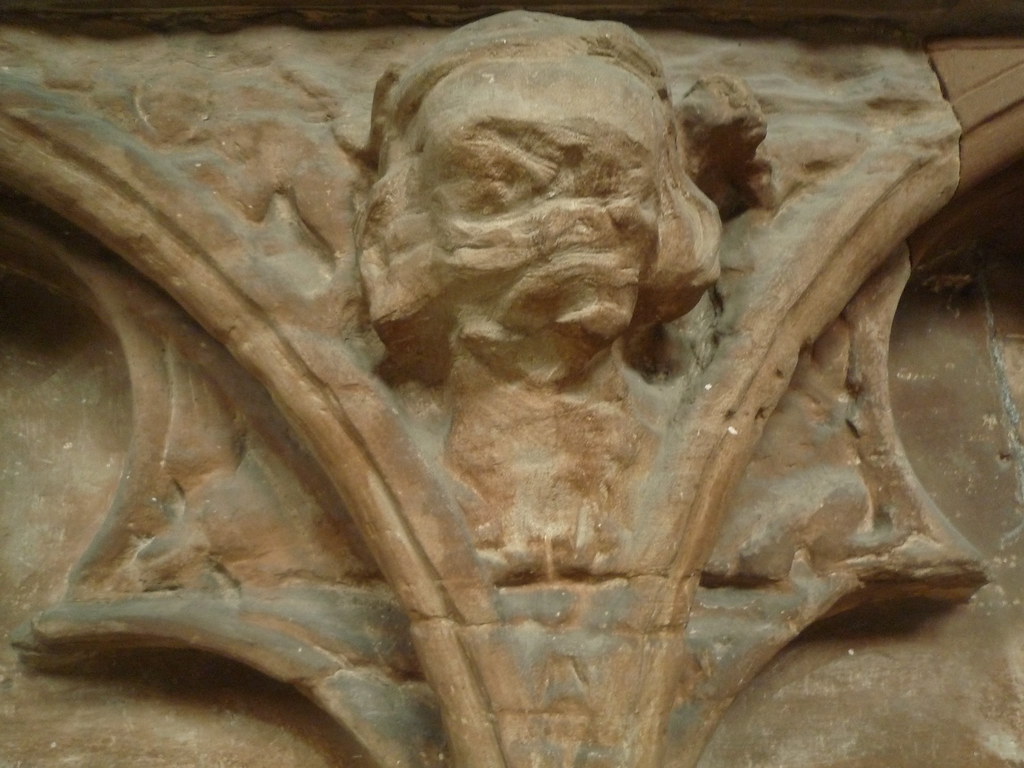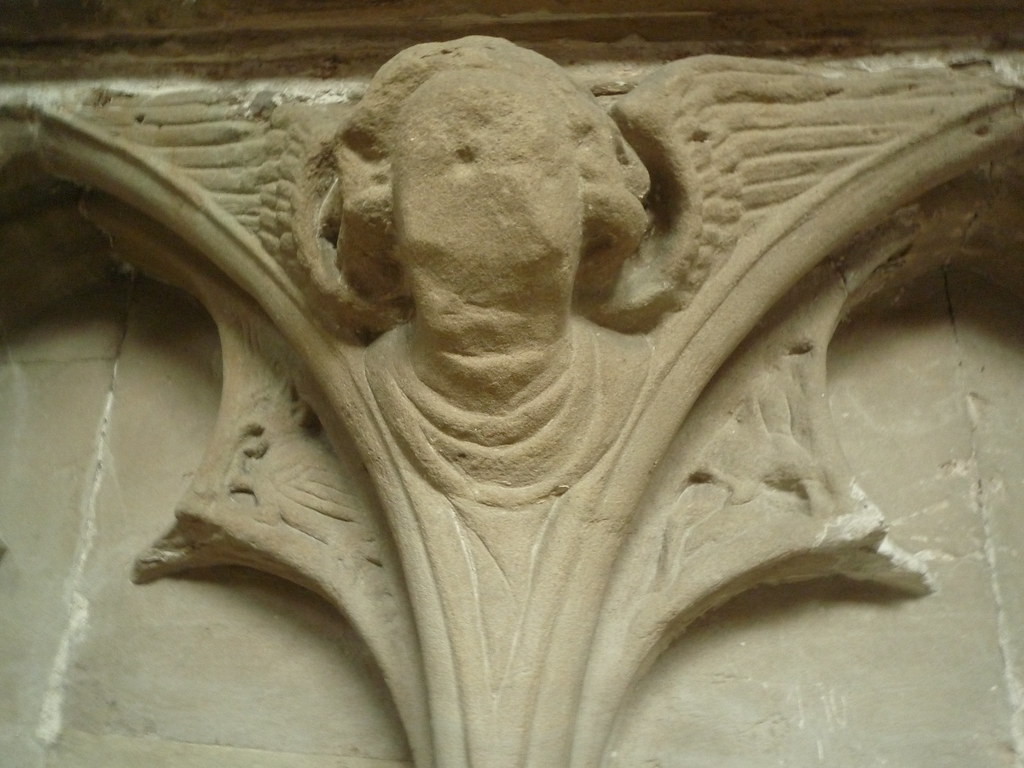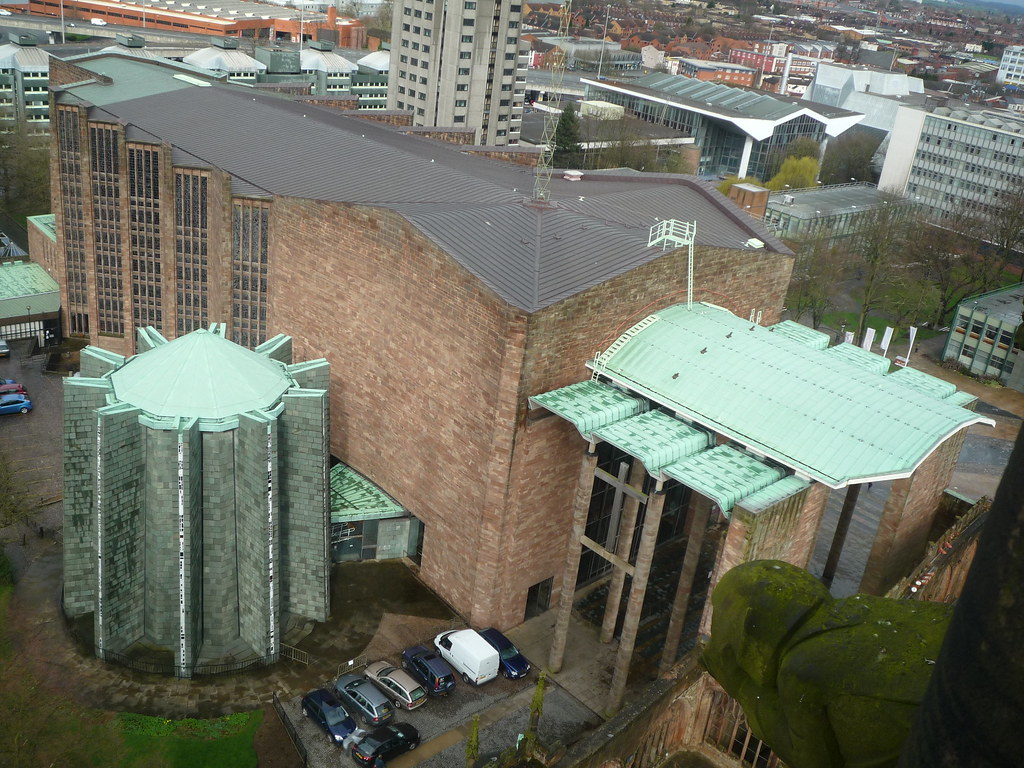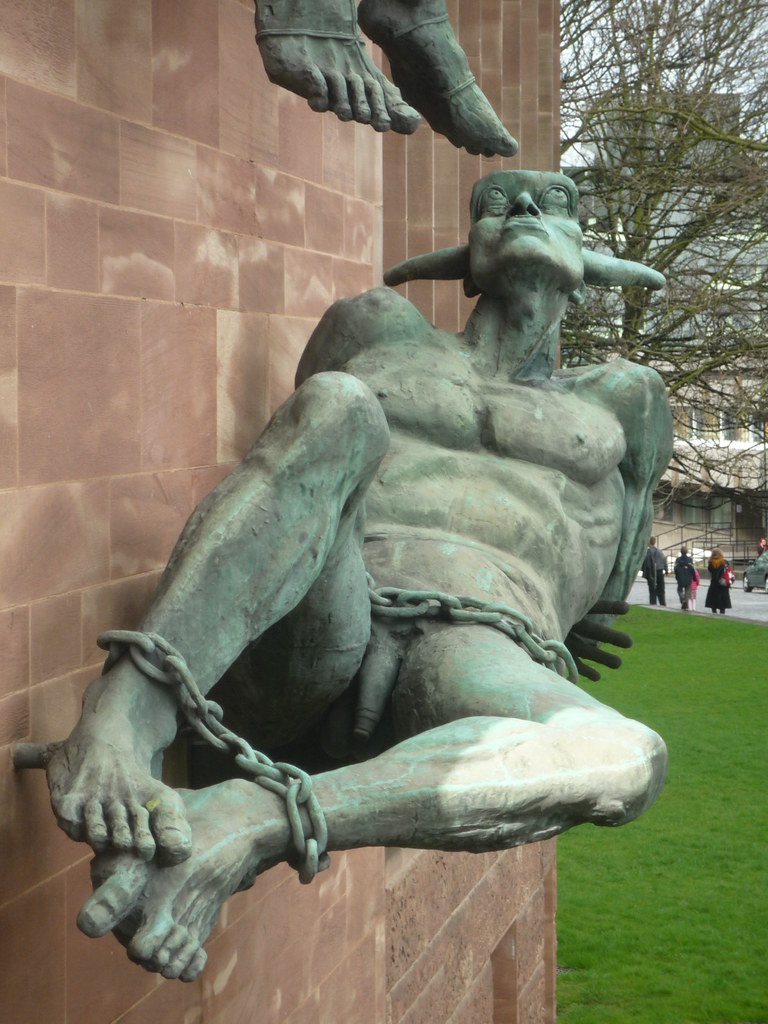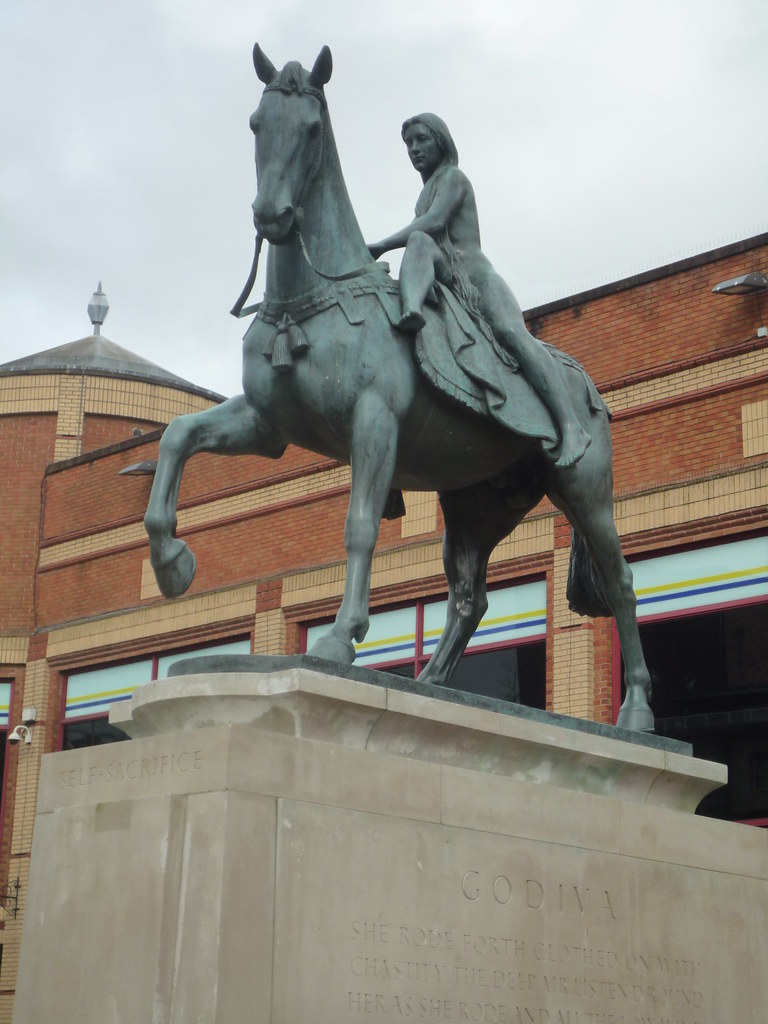It seems I never actually made it to Birmingham's cathedral. Perhaps I confused St. Martin's church with the larger edifice. In any case, the church was quite the contrast with the very modern Selfridges department store beside it.
That evening I also visited Victoria Square, where the statue of the eponymous queen and a Gateshead statue titled Iron Man stand before the Council House.
After some time in the library I wandered the streets trying to find some of the houses of historical architectural interest, but eventually giving up and making my way to the hostel. There, I had some lively discussions with some Filipino students, ate soup, and watched Inglorious Basterds.
In the morning I headed out to Lichfield to see the cathedral that was under siege three times during the English Civil War by various sides.
The grotesques here have expressions even more horrified than usual.
Perhaps it is because the soldiers hunkering down here used the grotesques inside to sharpen their swords.
Back in Birmingham, I walked the university grounds and attempted to see the Barber Institute of Art, but it was closed for Good Friday (oh, right, that exists). Instead I spent a good portion of the day in the art and history museum.
Before the daylight was spent, I headed out to Coventry, which has the odd distinction of having two cathedrals. The old St. Michael's Cathedral was blasted to ruins by the Nazis.
The adjacent new Cathedral was visible from the remaining tower of the old.
So, funny story about that bell tower. A more observant person would have seen the small sign at its base stating that there was a fee to climb it and that it closed at 4:00 pm. I, on the other hand, got locked inside. About the time I resigned myself to staying the night in the tower, the woman running the gift shop within heard my shouts and knocks and let me out, and I happily paid the entrance fee and left to explore the new cathedral at ground level. There was a service letting out, and I didn't feel like wading upstream to get inside, so I just toured the modern building's exterior.
The statue of an archangel expelling Lucifer from heaven was very... detailed.
Another nude statue graces Coventry. The story of Lady Godiva is set in this city, where the lady's husband said he would let up his oppressive taxation if she rode naked through the streets. The term Peeping Tom also has its origins in this story. I hadn't realized that the legend had a supposed location until I was there.
That night I had a couch surfing arrangement in a university outside of Coventry. The Japanese student who had offered to host me ended up leaving for the holidays, but his roommate was kind enough to host me in his stead. I hung out with Jens for hours discussing travel, politics in his native Norway, Buddhism, feats of academic intensity, and dolphins.


